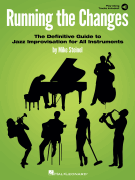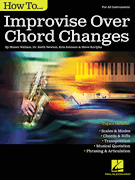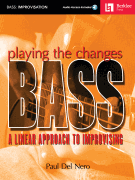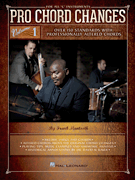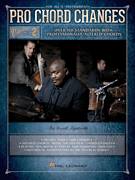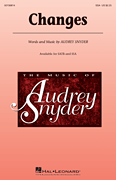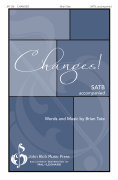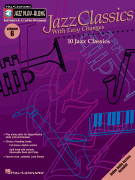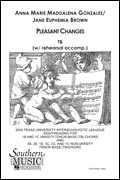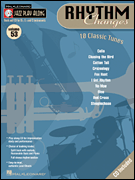Search Results for: “Changes”
Loading...
Tequila View 99 Products
Love Changes Everything View 99 Products
Change The World View 96 Products
Changes View 50 Products
There'll Be Some Changes Made View 45 Products
Change Partners View 42 Products
Waiting On The World To Change View 40 Products
A Change In Me View 40 Products
Some Things Never Change View 35 Products
Everything Has Changed View 27 Products
You've Changed View 26 Products
Everything Will Change View 24 Products
Wind Of Change View 23 Products
I'd Love To Change The World View 22 Products
Change View 19 Products
Things Have Changed View 19 Products
I Guess I'll Have To Change My Plan View 18 Products
How We Change (Schmigadoon Finale) View 17 Products
Change My Heart Oh God View 14 Products
Maybe I Should Change My Ways View 12 Products
Night Changes View 12 Products
Those Magic Changes View 9 Products
Change The World With Love (A Parting Blessing) View 7 Products
Sea Change View 6 Products

